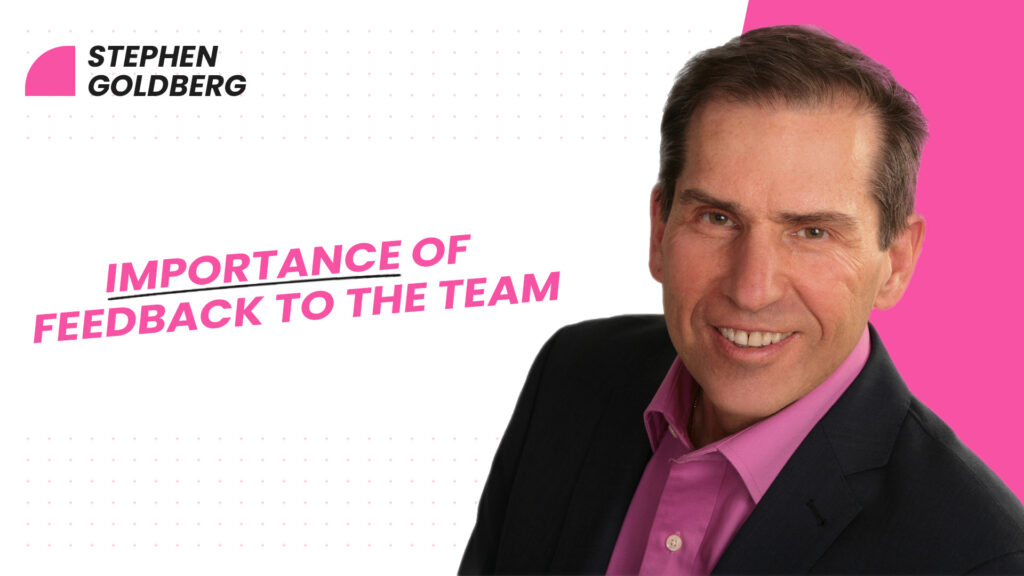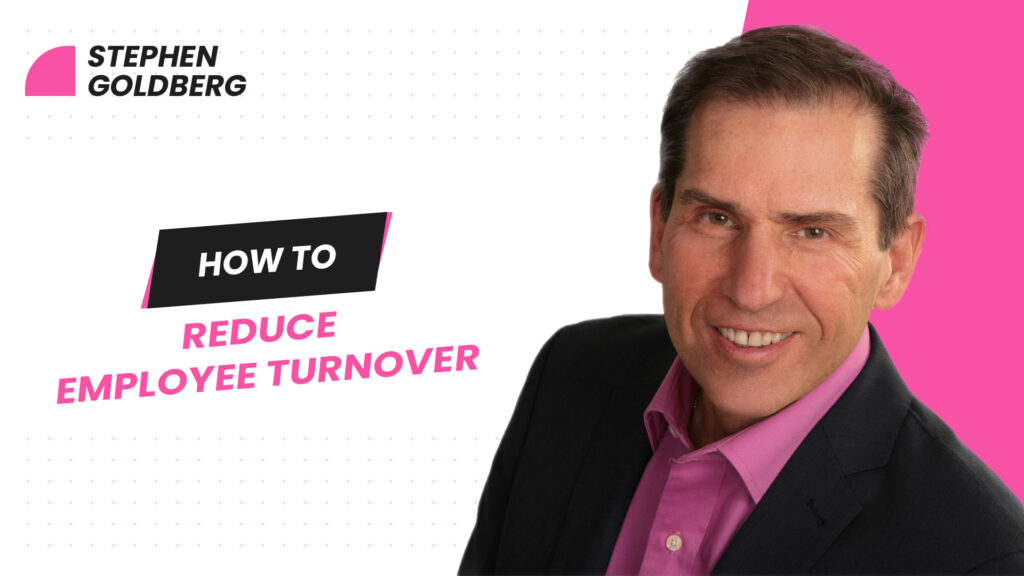
I recently got an Apple Watch mainly for fitness and health reasons. It asked me to set fitness goals and it tracks progress toward these objectives.
It’s really working well. I like the reminders it gives me and what stands out is when I reach a goal, whether it be to stand up so many times in a day or to exercise, it sends me congratulations. It tells me, “Great job!” and even though it’s just an electronic device, it feels good to get that kind of feedback and know that you’re achieving your goals.
But it made me think of the workplace and the importance of leadership and giving feedback and recognition.
As a leader, giving feedback to employees is important for several reasons:
- Improving Performance: Feedback helps employees understand where they are excelling and where they need to improve. This can help them adjust their work habits, increase productivity, and ultimately improve their overall performance.
- Building Relationships: Feedback provides an opportunity for leaders to build relationships with their employees. By providing positive feedback, leaders can show their employees that they value their contributions and appreciate their hard work. Constructive feedback, delivered in a supportive way, can also help employees feel heard and valued.
- Increasing Motivation: Feedback can be a powerful motivator. When employees receive positive feedback, they are more likely to feel motivated and continue to work hard. Constructive feedback can also be motivating, as it shows employees that their leader is invested in their success and wants to help them improve.
- Identifying Areas for Development: Feedback can help leaders identify areas where their employees need further training or development. This can help leaders create development plans for their employees that address specific areas of need and 0help them grow professionally.
Giving feedback and recognition are two powerful things that every leader can and should do to profit from the benefits listed above. Yet many leaders have difficulty putting this simple behavior into practice.
An Apple Watch comes with the programming built in to set goals and send reminders. Leaders and managers need to program themselves to make giving feedback and recognition a habit. So, it takes conscious effort and repetition just like forming any new habit.
For some people, giving feedback and recognition is an easier habit to develop. This is true for relationship-oriented types and harder for intellectual or physical types.
What triggers do you need to implement to remind yourself to give feedback and praise?
Start by setting a goal and work out what obstacles can stand in your way. Use my goal planning worksheet for this.
Next keep a performance log to note down feedback opportunities and reasons for praise. I also have a form for this.
As part of your goal planning, you should look for opportunities daily to give feedback and recognition. You want to reinforce what people are doing well and where they need improvement.
Becoming an effective leader takes work and you need to know which skill to work on. That is why a 360-leadership assessment like the Checkpoint is a great tool to bring awareness to where improvement is needed. A 360-degree leadership assessment compares the leader’s self-perception of his/her leadership skills with those of his direct reports, peers, and his/her boss.
Combining the 360-leadership feedback with a psychometric assessment like the PXT Select provides deeper insight into the causes of certain leadership behaviors.
Combing these tools with coaching from a skilled facilitator is key to personal development and new habit formation.
Overall, feedback is an essential tool for leaders to help their employees succeed and develop professionally. By providing feedback regularly and constructively, leaders can build strong relationships with their employees, increase motivation, and improve overall performance.

